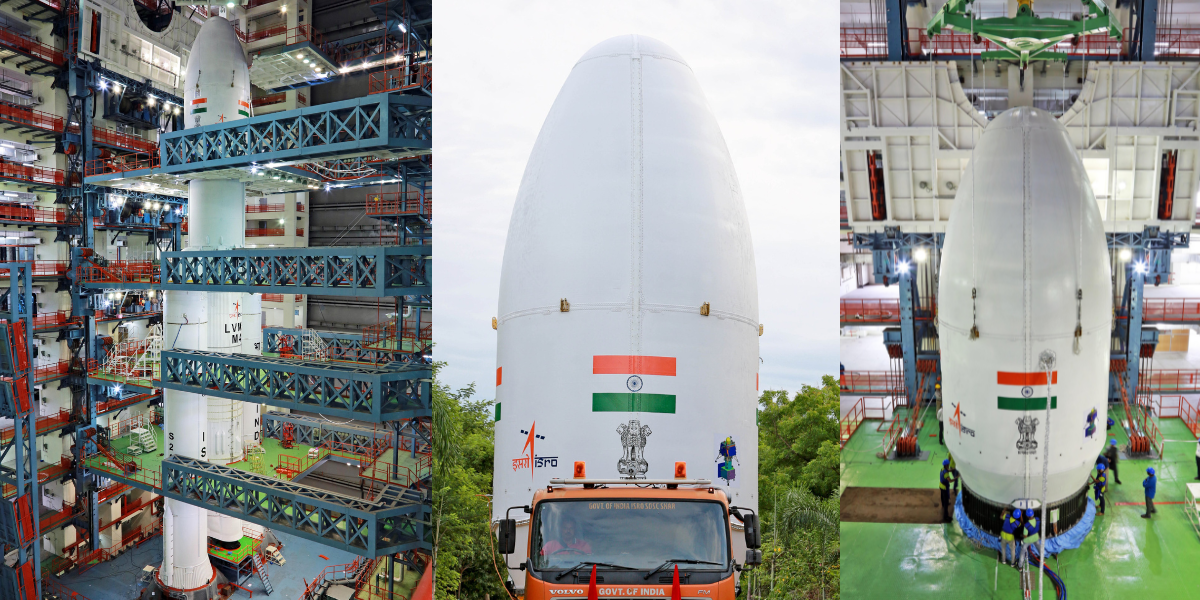The countdown has begun for the launch of Chandrayaan-3, India’s third lunar exploration mission. Over 25-hour countdown began at 1.05 pm today. Indian Space Research Organisation (ISRO) will launch Chandrayaan-3 by LVM3 rocket at 2.35 pm tomorrow from the Sathish Dhawan Space Centre, Sriharikota.
Akashvani correspondent report: Scientists at the Sathish Dhawan Space Centre are making all the arrangements and last minute checks to monitor the functioning of the rocket LVM Mark III.
India will become the fourth country to land its spacecraft on the surface of the moon and demonstrate the Country’s abilities for safe and soft landing on the lunar surface. LVM3 is the operational heavy lift launch vehicle of ISRO and it is the fourth operational light which is set to undertake the launch of Chandrayaan – 3. The mission of the rocket is to inject multiple satellites and ensure a safe relative distance among the separated satellites through re-orientation and velocity addition manoeuvres. The 43.5 metre tall rocket with a lift of mass of 642 tonnes will have three stages of flight.
LVM3 M4/Chandrayaan-3 Mission:
Mission Readiness Review is completed.
The board has authorised the launch.
The countdown begins tomorrow.The launch can be viewed LIVE onhttps://t.co/5wOj8aimkHhttps://t.co/zugXQAY0c0https://t.co/u5b07tA9e5
DD National
from 14:00 Hrs. IST…— ISRO (@isro) July 12, 2023
Around 16 minutes after the lift off of LVM 3, the propulsion module is expected to get seperated from the rocket and would orbit the earth for about 5 to 6 times in an elliptical cycle with 170 km closest and 36, 500 km farthest from the earth moving towards the lunar orbit.It will gain speed as it proceeds towards for a month-long journey towards reaching the orbit of the moon until it goes 100 km above the lunar surface. The month-long mission is to study Earth from lunar orbit and to measure the near-surface and its density changes. The mission is also to carry out measurements of the thermal properties of the lunar surface near the polar region and look out for lunar seismic activity around the landing site and delineate the structure of the lunar crust and mantle. Rover, which has a mission life of one lunar day is 14 earth days, also has another payload to determine the elemental composition of lunar soil and rocks around the landing site.
